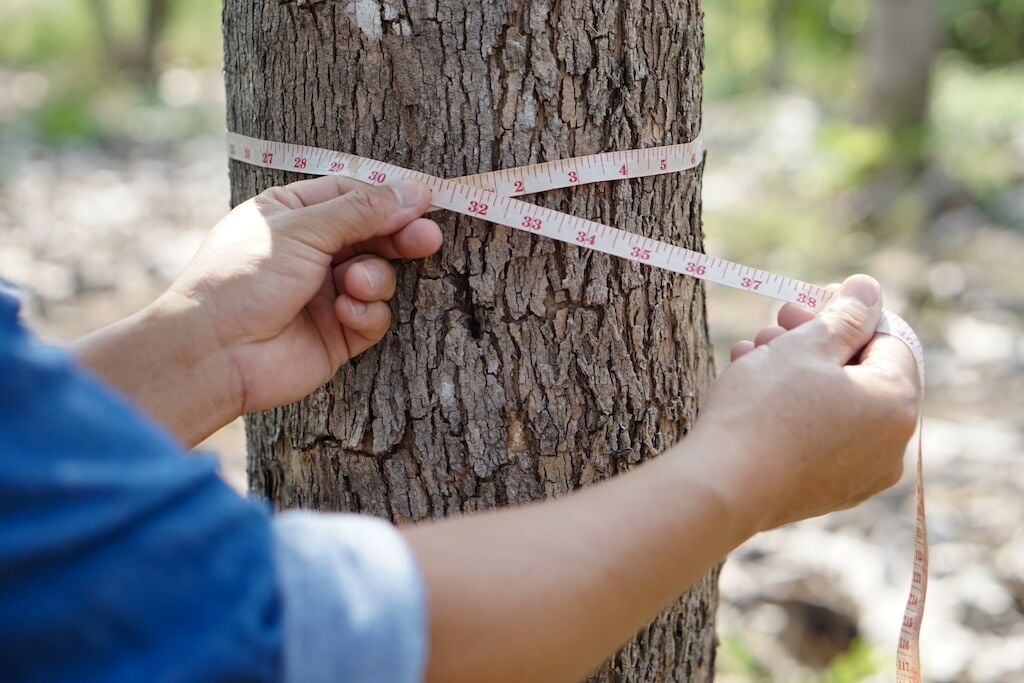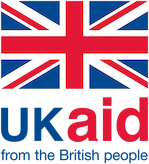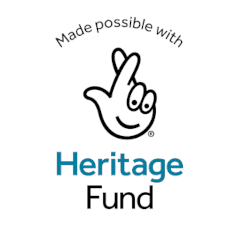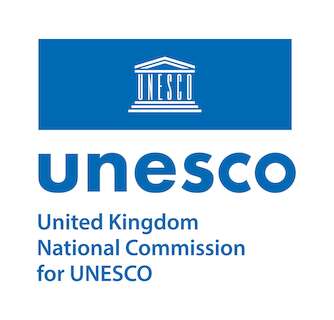There are many different interpretations and applications for ‘evaluation’, but my preferred definition is “a process to evidence performance.”
By this I mean:
- Process – it can be standardised and hence replicable
- Evidence – proving the how and why using credible data
- Performance – charting the goals and unexpected results both positive and negative.
There are many different types of evaluation, with common examples I’ve encountered including:
- Outcome/ impact evaluation – examines the project’s results or the changes that have been created
- Process evaluation – examines the project’s implementation process or delivery methods
- Needs analysis – assessing demand for an activity to help shape the design of a new project plan
- Value-for-money/ cost benefit analysis – assessing the cost versus the results of a project
- Ex-ante – predicts the likely result of a project to inform its design at the outset
- Synthesis evaluation – combines evidence from multiple evaluations into a single assessment.
Evaluations can also be ‘formative’: often undertaken at a mid-point of delivery to inform remainder of activity, and ‘summative’: when done at the end of activity to account for all delivery.
There are many reasons to undertake evaluation. I tend to find these to be:
- Purely as a funder’s requirement – while this is a common reason, many organisations may miss out on genuine learning
- Internal organisational insight – this can be for the board or team to help identify what is being done well and why, or what they can (or should) be doing better in the future
- External stakeholder showcase – this can help to justify what a project has achieved and use that evidence to draw support such as financial, in-kind, or new partners, or to support lobbying and awareness raising activities.
The Heritage Fund has a longstanding interest in evaluation, with its guidance available at:
www.heritagefund.org.uk/funding/good-practice-guidance/evaluation-guidance
My Top Tips for evaluation are:
- Beforehand – think about why you need evaluation and who is the audience, and how does the answer to this effect the style of the report?
- During – consider learning and evidence around, the original design of the activity (was it appropriate?), the process followed (was the governance or delivery team effective?), the outcomes (what did you achieve, and how/ why?), and any legacy (what will endure, for who and how?). As a cautionary note, if a reader can still ask “why?” or “how?”, then you may need to bolster your evidence and make the evaluation more credible.
- After – think about what you will do with the findings, such as how can the evidence be used to draw in support? Also what have you learned that will help you with your next evaluation?







